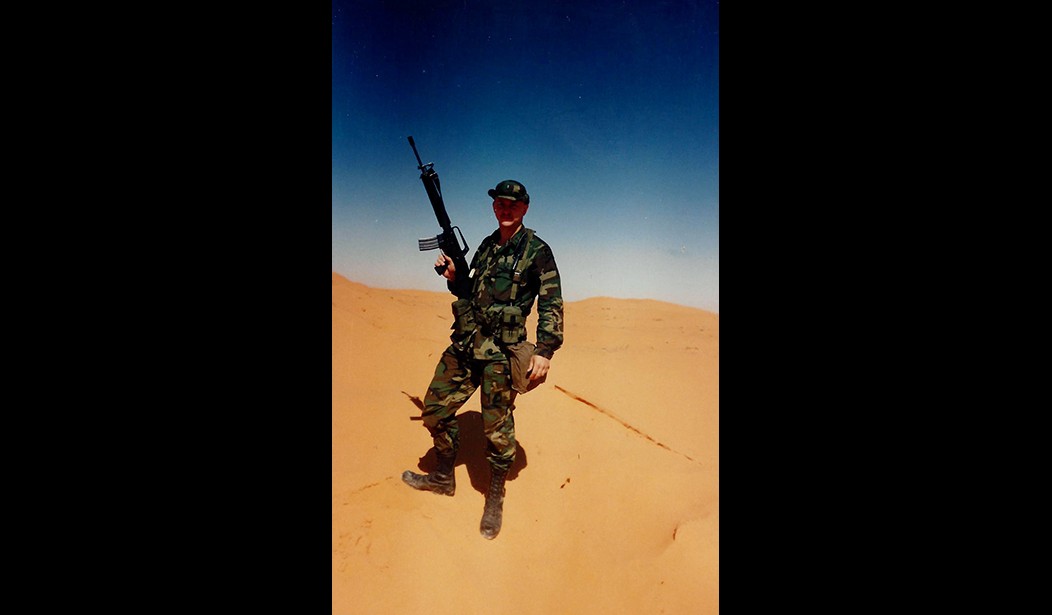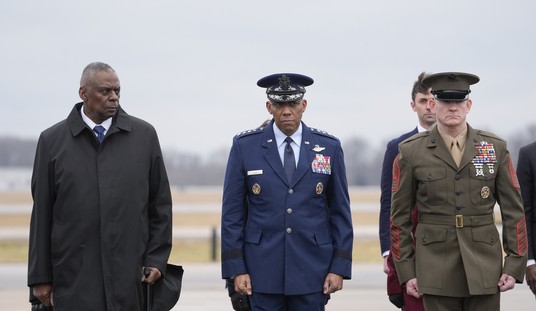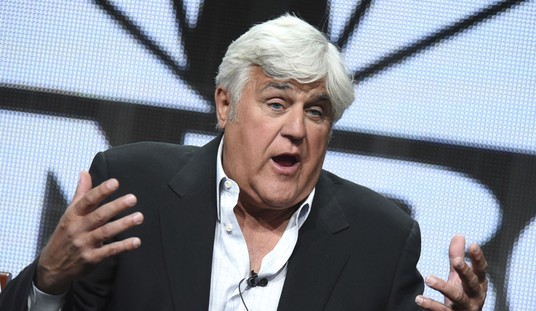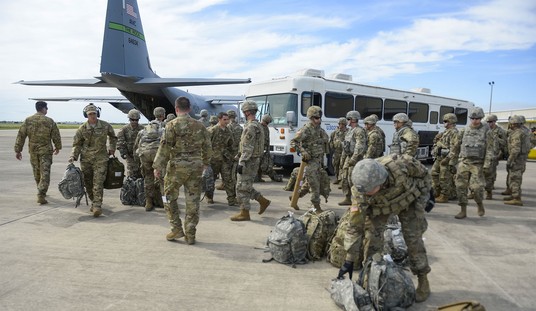The Department of Defense has always seemed to be a feast-or-famine operation.
During the Reagan years, which encompassed most of my service, as well as my wife's, we had pretty decent budgets to work with. We had the money for training ammo, and if there was one thing soldiers loved to do in those days (at least, combat arms soldiers), it was to go to the range and shoot. We had money for training, and the benefits were decent; I went to college on the New GI Bill. And, of course, during World War II, in my Dad's time, the War Department, as was, got funded like crazy. But then the Cold War ended, Bill Clinton declared a "peace dividend," and we would not have been surprised to see generals from the four branches sitting in corridors in Congress with tin cups, begging for money for training ammo.
Feast or famine, though, once in a while, the Army hit it out of the park, equipment-wise. So here are five items that, in my experience, most Cold War troops really loved.
The P-38 can opener. Small, light, unobtrusive, and easily worn on your dog-tag chain, the P-38 measured an inch and a half long (that's 38mm for all countries whose flag wasn't placed on the Moon by human beings). These were almost universally known as the "John Wayne" for mysterious reasons. Not only was the P-38 great for opening the much less-beloved C-ration can, but also any other canned good one might take along into the field. Personally, back in the day, I never went to the field without a few cans of Hormel enchiladas and Dinty Moore beef stew to augment my rations, and the P-38 handled those cans easily. It also could be used as an improvised flat-blade screwdriver, but here caution was in order as the soft metal of the handle was prone to twisting when used this way. But that was easily remedied; every Army supply room, in my experience as a Supply puke, had a big box of P-38s handy.
Previously on RedState: Military Gear: The Worst (and Best) From the Perspective of a Cold Warrior
The GI Pocket Stove. This isn't, strictly speaking, a Cold War item, as it was issued in WW2, but in my time, they were readily available in surplus stores, and a lot of us went and bought them. My uncles had sung the praises of their pocket stoves, both for heating rations and heating tents, and since they ran on standard gasoline (MOGAS), they were easy to fuel back in the days when the Army still had gasoline-powered tactical vehicles. Operated correctly these were a boon, especially during such field exercises as the infamous Camp Ripley, Minnesota Winter Operations Course — for which I still have the t-shirt. My pocket stove, sadly, was misplaced somewhere through the years since. And speaking of gasoline-powered vehicles:
The M151 1/4-ton truck, or "Jeep." My first assignment after I was commissioned as a 2LT was as Medical Platoon Leader in a leg infantry outfit, and my platoon was assigned three old Dodge M880 ambulances, a battered old 2 1/2 ton truck, and one M151 jeep. The ambulances and the jeep were gas-powered as opposed to the diesel deuce-and-a-half, and so not only provided fuel for our GI stoves but also provided a quick, nimble little field vehicle. These things were great; one would think they would go up and down trees. The only downside is that 1) they were a rollover risk, and 2) some of my NCOs got a little carried away in our platoon's jeep. I remember once standing at the gate to the battalion's field trains, which is where our platoon's aid station was, talking to our company commander when two of my NCOs came tearing up in the jeep, standing the little truck on two wheels as they roared around the corner to roll up to the gate. The commander waved them to a stop, walked over to the jeep, and snarled, "I just have three words for you — slow the f****r down." One of my NCOs replied, "Sir, that's four words." I wanted to sink into the ground.
When the Army adopted the Hummers, the jeeps were cut up for scrap, which was a crime. I would have loved to have bought one.
See Related: Honoring Heroes: Reflections of D-Day and Reagan's Legacy
Love Has No Age Limit: 100-Year-Old WWII Vet Marries 96-Year-Old Sweetheart Near Beaches of Normandy
The M7 Bayonet. While it's been a while since any U.S. Army officer or NCO ordered a bayonet charge, a bayonet remains a damn handy thing to have around. We all carried knives, of course, with the Buck 110 folding knife a favorite, but the bayonet was handy for things that the Buck couldn't do, like opening cans if you lost your P-38. The M7 is the bayonet for the M-16 series of rifles and carbines, and I still have one today that fits on my AR-15 in the event I find myself facing a horde of moose or bears and run out of ammo; I figure I can always fix bayonet as a last resort. But mostly I have it because it's cool. In the field, though, that bayonet is handy for everything from chopping up kindling for a fire to prying open packing crates, and troops who were not issued one often went to the closest surplus outfit and bought one. And, of course, if you are facing a bad guy who intends to ruin your whole day, the gleaming edge of your fixed bayonet is pretty intimidating and might just distract the bad guy long enough for you to do unto him first.
And finally:
The M1 Helmet, or "Steel Pot." I was still in service when these were replaced by the Kevlar "Fritz" helmets, but I retained my old steel pot and still have it around here someplace. This item remained unchanged from WW2 until the 1980s because it worked. It was heavy and hot, but unlike the Kevlar Fritz helmet that replaced it, you could take the liner out, stick it back on your noggin, and use the steel helmet for everything from boiling water for shaving or washing, to gathering berries to supplement your field ration — or policing up your brass after a live-fire. The steel pot had a million uses other than just keeping high-speed objects from cracking your skull, and I knew a lot of old soldiers who were sorry to see the old M1 go.
The list of equipment we dealt with goes on and on. Some, like these five items, were great, and we loved them. Others? Not so much. But all were a part of our experience, and you won't often hear a group of old soldiers, sailors, airmen, or Marines setting around playing "No s**t, there I was," without hearing them singing the praises of, or griping about, a certain piece of gear.
Any favorites of your own? The comments are yours!















